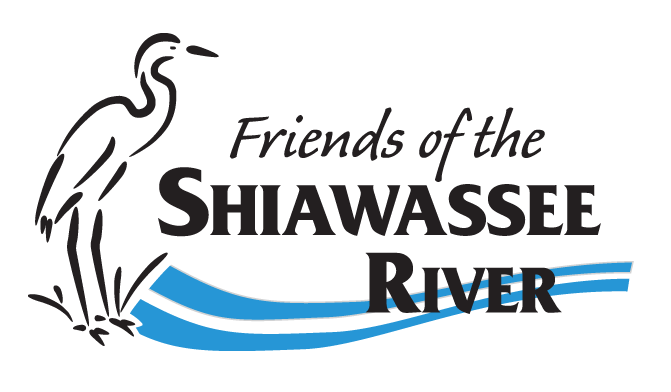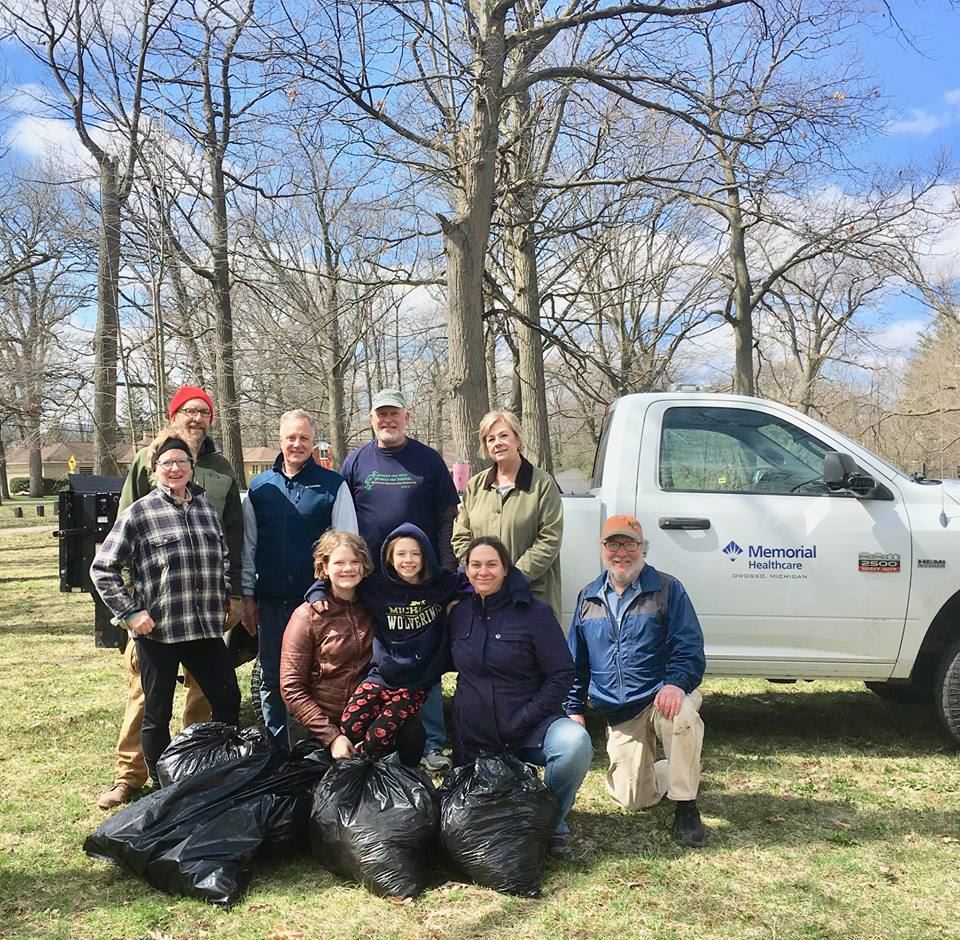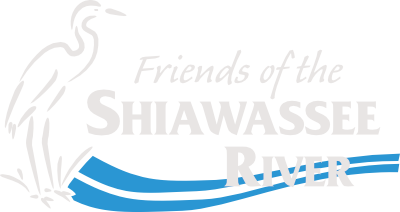Invasive Species Removal
An invasive species is one that is not native and whose introduction causes harm, or is likely to cause harm. Many invasive species have the potential to cause impairment to the Shiawassee River Watershed's economy, environment, or human health.
"We always keep a look out for aquatic invasive macroinvertbrates and plants during our stream monitoring events, if we find anything suspicious we report it to EGLE for further assessment," says Stream Team Coordinator, Sarah Baker. Friends also removes invasive plants along the riverbanks, such as garlic mustard. Read more below about our garlic mustard removals!
Check the Midwest Invasive Species Information Network (MISIN) for a list of invasive species and how to identify them. MISIN is a regional effort to develop and provide an early detection and rapid response (EDRR) resource for invasive species (terrestrial and aquatic animals and plants). Their goal is to assist both experts and citizen scientists in the detection and identification of invasive species in support of the successful management of invasive species.
To properly and permanently remove this invasive plant, it is necessary to pull individual plants one at at time from the soil surface and dispose of them in a way they cannot regenerate - in a garbage bag and sent to a landfill. | What is Garlic Mustard? Garlic mustard (Alliaria petiolata) is a member of the mustard family (Brassicaceae). It is a biennial, a plant with a two-year life cycle, growing its first year as a seedling and rosette stage plant and flowering the subsequent year. It most often grows in the forest understory or along forest edges but is also able to invade undisturbed forest habitats. It tolerates low light levels and is adapted to take advantage of disturbed habitats such as trails, roadsides and areas where trees have been removed. Garlic mustard has no significant natural enemies in North America, although a diverse community of herbivores feed on it in its native range in Europe. Populations of garlic mustard can spread rapidly. In a study of high quality woodlots, i.e. typically old growth or undisturbed forest habitat in Illinois, garlic mustard advanced an average of about 20 feet per year, expanding as much as 120 feet in one year. When established, garlic mustard becomes a permanent member of the community, often dominating the ground layer habitat over extensive areas. |
Information provided by Michigan State University Integrated Pest Management:
http://www.ipm.msu.edu/invasive_species/garlic_mustard/about_garlic_mustard

.jpg)

